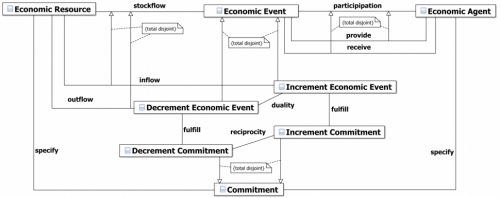You may know an organizational method GTD (Getting Things Done). The idea is that the person moves tasks out of his mind into some external medium, exocortex. It may be a piece of paper or a text file or a database.
There are a lot of modifications of GTD. Some of them are quite sophisticated. They prescribe to classify tasks with many classifiers (project, activity, time, place, etc.) and to sort tasks a particular way.
I’ve tried some of these methods and some software products that support these methods. I can’t use each of them longer than 3 weeks, because they demand too much discipline.
But there is another edition of GTD that has proved to be useful. This method was described by Anatoly Levenchuk in this post (in Russian).
